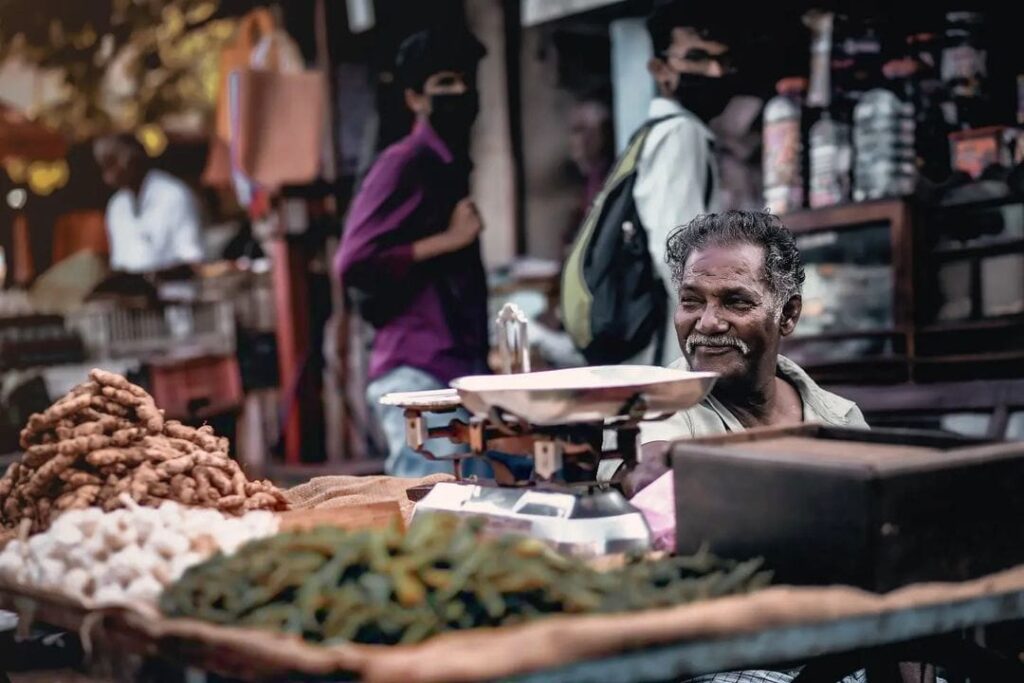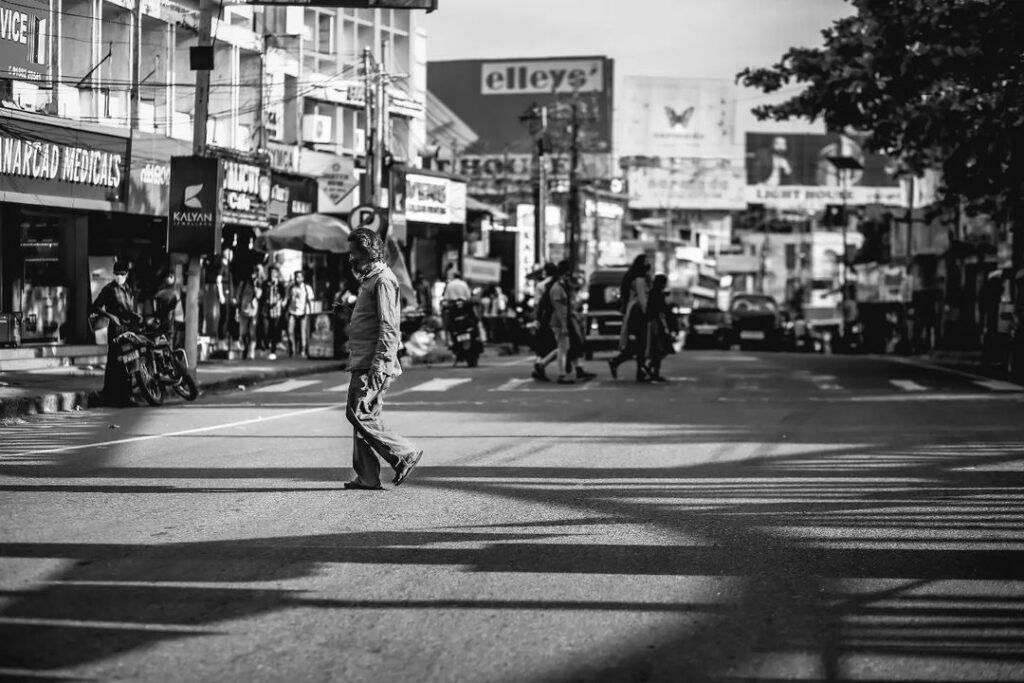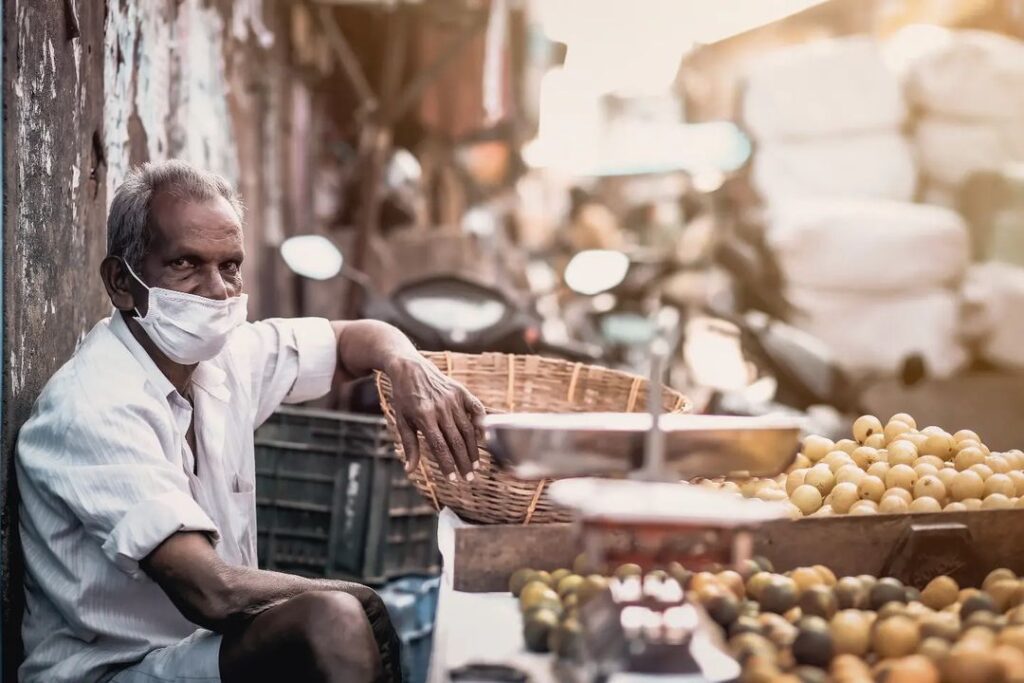Street photography is a genre of photography that captures candid moments and everyday scenes in public places, typically in urban environments. It aims to document life as it unfolds, portraying the essence of the streets and the people who inhabit them. Here’s a detailed note on street photography:
1. Equipment:
- Camera: A lightweight and portable camera is ideal for street photography. It can be a compact camera, mirrorless camera, or DSLR, depending on your preference.
- Lenses: A versatile lens is recommended, such as a 35mm or 50mm prime lens. These focal lengths provide a natural perspective and are suitable for capturing subjects in a street environment.
- Optional accessories: Consider carrying extra batteries, memory cards, a lens cleaning kit, and a camera bag that allows quick access to your gear.
2. Composition:
- Framing: Pay attention to the elements within the frame and how they interact with your main subject. Look for leading lines, geometric shapes, and interesting backgrounds to enhance your composition.
- Rule of thirds: Divide your frame into thirds both horizontally and vertically, and position your subject along these gridlines or at their intersections for a visually pleasing composition.
- Backgrounds: Be mindful of the background as it can either complement or distract from your subject. Look for clean, uncluttered backgrounds that allow your subject to stand out.
- Perspective: Experiment with different angles and viewpoints. Shoot from a low angle or get closer to your subjects to create a more immersive and dynamic image.
3. Lighting:
- Natural light: Street photography often relies on available light. Observe how light falls on your subjects and use it to create interesting shadows, highlights, and contrast in your images.
- Shadows and silhouettes: Embrace the play of light and shadows in street scenes. Use backlighting to capture silhouettes or highlight the dramatic contrast between light and shadow.
- Golden hour: Consider shooting during the golden hour—the hour after sunrise or before sunset—when the light is soft, warm, and casts a beautiful glow on the streets.
4. Capturing Moments:
- Candid shots: Street photography is about capturing unposed and genuine moments. Blend into the environment, observe people’s behavior, and be patient to capture those authentic and fleeting expressions.
- Gestures and interactions: Look for interesting gestures, interactions between people, or juxtapositions of elements that tell a story or evoke an emotion.
- Details: Pay attention to the small details that often go unnoticed, such as textures, patterns, or interesting objects. These details can add depth and richness to your images.
5. Ethical Considerations:
- Respect privacy: Be mindful of people’s personal space and privacy. Avoid intruding on intimate moments or photographing sensitive subjects without consent.
- Local laws and customs: Familiarize yourself with the local laws and cultural norms regarding photography in public spaces. Respect any restrictions or guidelines that apply.
- Street etiquette: Maintain a respectful and friendly attitude. Interact with your subjects when appropriate, ask for permission if needed, and consider sharing your work with them if they are interested.
6. Post-processing:
- Editing software: Use post-processing software like Adobe Lightroom or Adobe Photoshop to enhance your images. Adjusting exposure, contrast, and colors can help bring out the desired mood and aesthetic.
- Minimal editing: While post-processing can enhance your images, strive for a balance. Avoid excessive editing that distorts the reality of the scene or takes away from the authenticity of street photography.



Remember, street photography is an art form that allows you to capture the essence of life in public spaces. Be observant, patient, and respectful, and allow your creativity to flourish as you document the world around you

